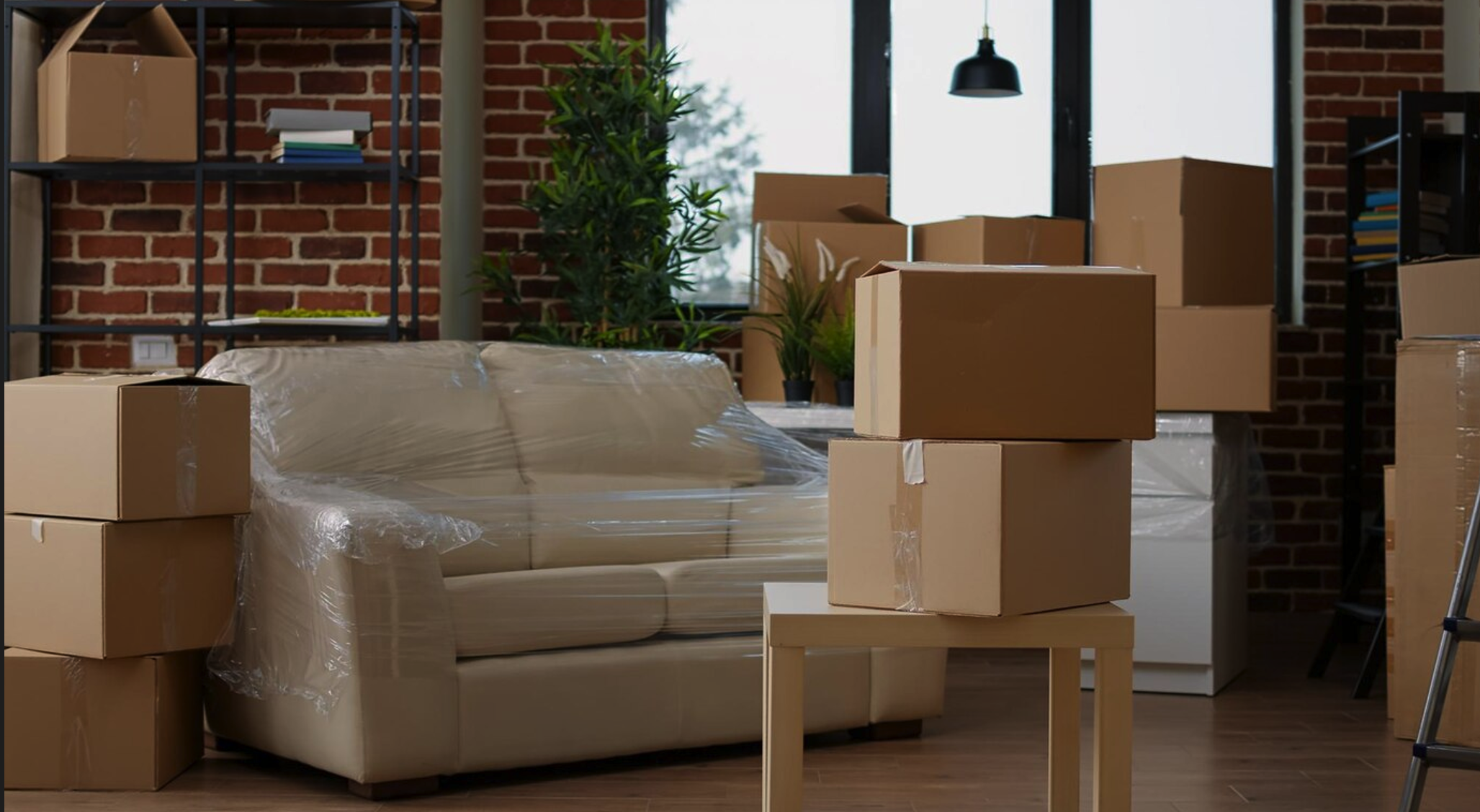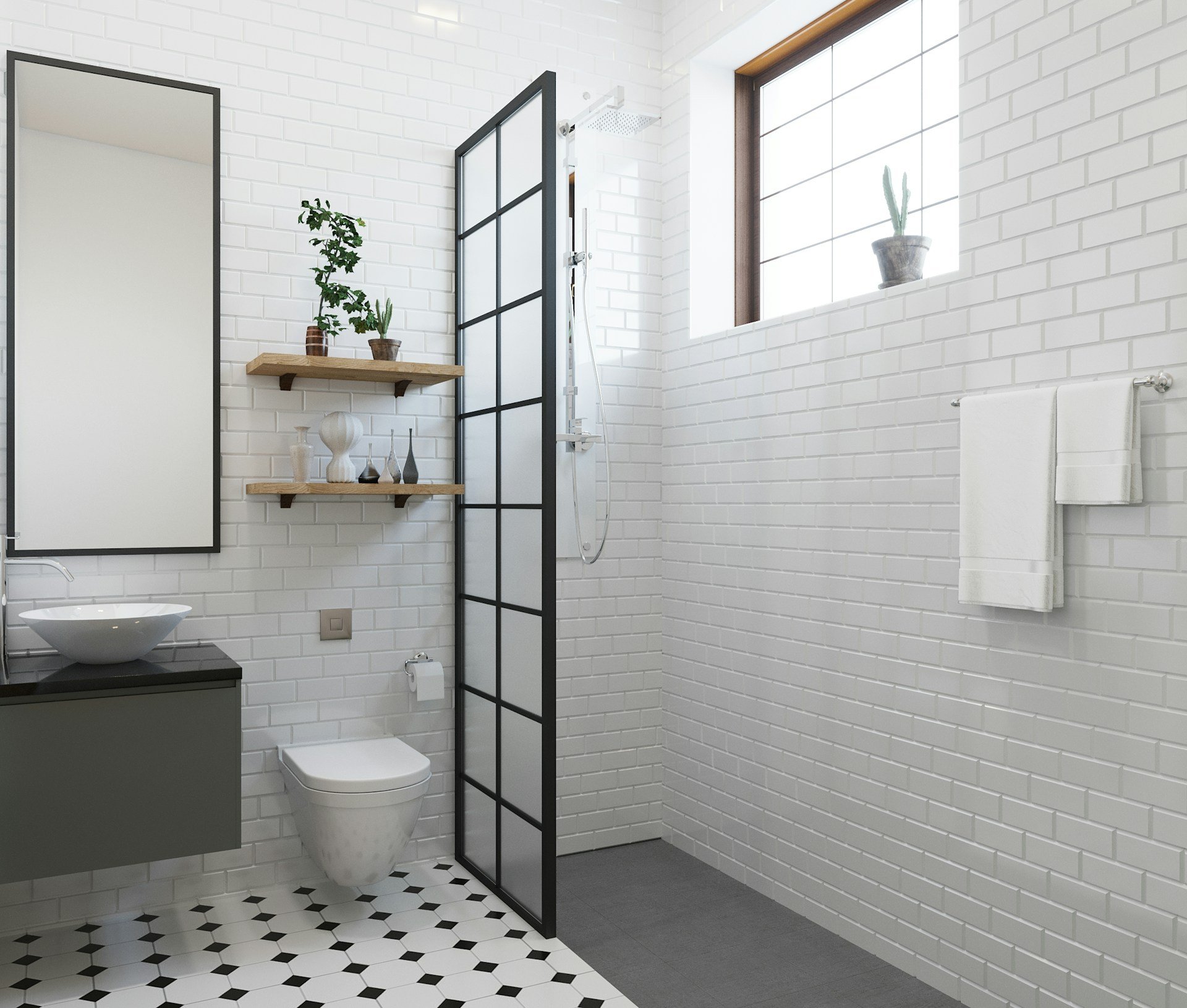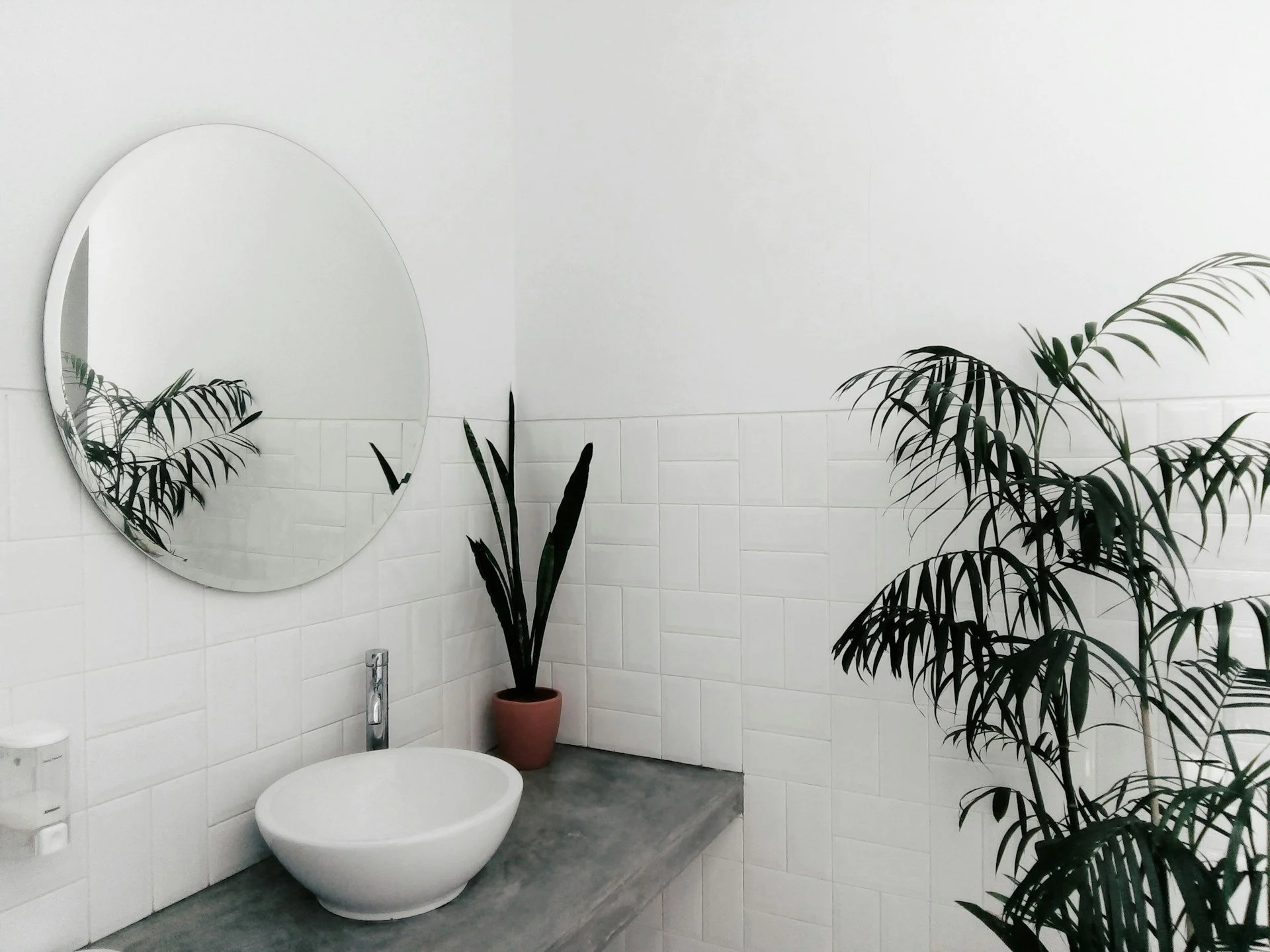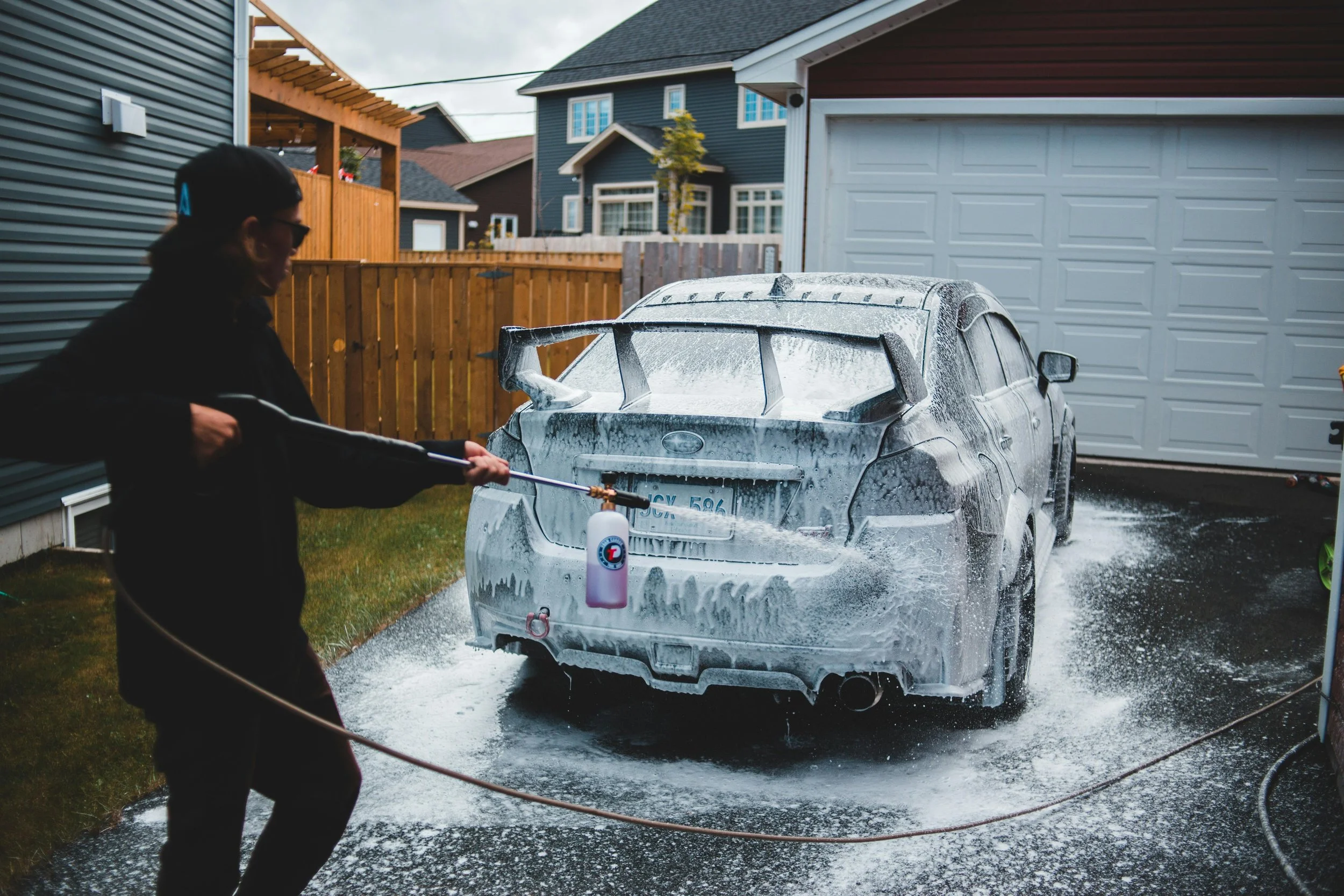Top 6 Best Moving Companies Near South Bend, Indiana
RH Business Marketing Solutions
Is South Bend, Indiana, your new home in your dreams? Although the excitement is evident, the stress of moving can soon sap the energy. A move may be a logistical nightmare. Think of the long packing sessions, a never-ending search for boxes, and the difficult assignment of locating a trustworthy moving company.
But don’t fret just yet. The top 6 moving companies in the South Bend area could restore that smile. They're all prepared to make your move go smoothly. This means professional movers take care of every aspect as you concentrate on imagining your new residence.
Aiming for that blissful, stress-free experience? Read on to uncover these movers who are experts in turning your visions into reality.
1. Callan & Woodworth Moving & Storage
There are many factors to remember and deadlines to fulfill when relocating, whether across town or the entire country. Fortunately, you can make your move easy with the assistance of the top moving company in South Bend.
Callan & Woodworth Moving & Storage has a staff of skilled movers and years of expertise. These movers know all the methods to make your move go well.
Selecting a moving company with substantial experience in moving services is critical. Callan & Woodworth Moving & Storage is a family-run business with over 100 years of experience. It puts its reputation and clients' pleasure first, going above and beyond to ensure they are satisfied.
Relocating to or from South Bend, Indiana, doesn't have to be as difficult or disruptive to your regular routine. Consequently, you can trust the company's skilled movers to relocate your possessions securely. This mover puts a lot of effort into ensuring your local, long-distance, or worldwide relocation is a smooth, stress-free experience since they are reliable, experienced professionals.
2. My Movers
This local moving firm is family-run. My Movers are experts at making home relocations as easy, safe, and enjoyable as possible. The moving firm is also an expert on short notice and has proven worth the call since its launch in 2000. Tom Leitke served as an Airborne Ranger in Vietnam before launching this moving company in Huntington Beach, California, in 1973.
He launched a second moving company in 2000 after relocating to Indiana, which came naturally to him. Henry Leitke, his son, is carrying on his father's legacy by offering stress-free, reasonably priced relocation accompanied by a warm grin. You are guaranteed stress-free movements because the mover hires decent, reliable, diligent people. Meaningeverything else falls into place.
3. Elite Haulerz
Elite Haulerz is an employee-owned company dedicated to providing the best possible customer service at the most reasonable cost, intending to reduce moving-related stress. Professionals with training and experience in moving are what Elite Haulerz guarantees to make your moving day enjoyable!
This moving company proudly serves Berrien County, MI, St. Joseph County, and IN in Southwest Michigan. It provides safe and easy moving options with its devoted crew of movers located in Michigan.
Since Elite Haulerz is a locally owned and run company, the mover can pass on significant savings to its clients byavoiding franchise costs. This also helps the mover to draw in and keep the best people in the business with a competitive flat hourly pricing.
4. Prime Packers
Established in 2021, Prime Packers is your ultimate mover with a moving availability the next day! In addition to packing, Prime Packers movers can load, unload, stage, and shrink wrap! They’re experts handling long-distance residential, business, and nationwide relocations.
Prime Packers also specializes in moving marble tables, pool tables, firearm safes, appliances, etc. Prime Packers LLC carries business insurance.
Established by Alvin Mawuntu, a seasoned professional with over eight years of business experience, the mover takes pride in being a dependable moving service. You can rely on the mover to deliver an easy, stress-free move tailored to your requirements.
5. U-Pack Moving
The quick and easy solution for long-distance moving is the U-Pack Moving. You simply pay for the space used, so you know the real cost when you load. No unpleasant surprises or extra costs. With this mover, you’ll enjoy professionalism and effectiveness at every procedure stage. It is best to let the mover handle everything and that no outsourcing is done.
6. L&S Movers
L&S Movers is a family-run moving company founded in 1978. And if you're looking for competitive moving rates, you can rely on L&S Movers. In addition to having a professional crew that will handle your items with care, the mover has insurance just in case any of your goods get damaged during transportation.
Conclusion
These top 6 moving companies in South Bend, Indiana, will take care of your move from beginning to end. There is a business on this list that can satisfy your demands, regardless of whether you value price, superior service, or local knowledge more. The movers listed above prove that moving doesn't have to be expensive.
Their affordable pricing doesn't compromise on quality. Yet, they simplify moving days for South Bend locals. With one of these reliable movers, bid farewell to the anxiety and headache of moving day and welcome a flawless and easy relocation experience.


















